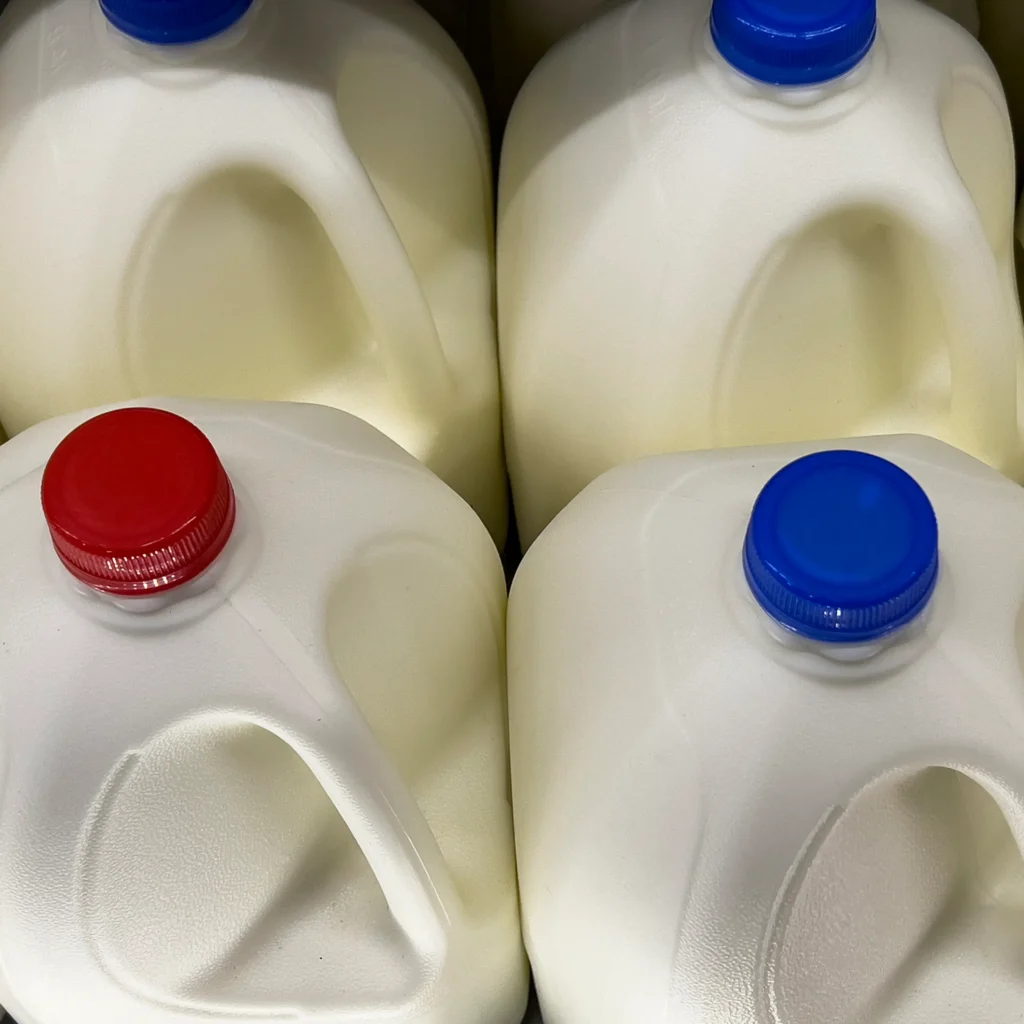T. Boone Pickens has strenuously advocated using wind or natural gas to power cars, to break our dependence on foreign oil. Setting aside the question of whether that dependence is such a bad thing, it’s important to consider the real potential of wind and natural gas as transportation fuels.
The idea of electric cars has been around for more than a century. Back in the late 1800s, the problem was the batteries—too much weight, too much volume, too little energy output. Now that we’re in the twenty-first century, the problem is … the batteries—ditto all of the above, though there has been much improvement.
It is very difficult for electric automobile power to compete with gasoline and diesel fuel, both of which are liquids that contain tremendous energy per unit mass or per unit volume.
The fuel often used in warehouses to run forklifts is propane, which is a gas at room temperature and pressure. Propane tanks with fairly thin walls are adequate to pressurize the gas into a liquid, thereby increasing the energy density to near-gasoline values. It takes just 12 atmospheres (bars) to liquefy propane even at a temperature of 37.8º C (100º F).
Natural gas is a different beast. It is normally transported by pipeline at 70 atmospheres, at which pressure it does not liquefy, and it has to be re-pressurized every 100 km or so.
Liquid Advantages
French scientist Alexandre Rojey, an expert on natural gas, offers a view diametrically opposed to that of T. Boone Pickens:
“An alternative is to convert natural gas into electricity and to transport electricity instead of natural gas. For the time being, massive transport of natural gas remains favored in economic terms, although promising new developments have been made in the transportation of natural gas in the form of high-voltage DC current.”
Natural gas can be stored in a vehicle at higher pressure than the 70 atmospheres used for pumping. A typical pressure in thick-walled steel tanks used for storing oxygen, argon, carbon dioxide, and other industrial gases is about 200 atmospheres. It takes about six volumes of natural gas at a pressure of 200 atmospheres to equal the energy contained in one volume of gasoline. Think of putting 60 gallons (228 liters) of gasoline into a heavy steel tank in a compact car.
The advantages of a liquid fuel over a gaseous fuel for transportation can hardly be overstated. I would venture to guess if natural gas were to become the main energy source for transportation, it would have to be chemically converted (possibly involving coal) into a liquid.
Benefit of Doubt
Still, let us grant, for the sake of argument, that natural gas can be effectively used for transportation. Let us grant further that we could provide electricity from wind, thereby freeing natural gas for use in transportation.
The reality is, electricity from any source could do the job just as well—electricity from wind turbines is no better than electricity from coal, nuclear reactors, hydropower, or any other source. There is no reason to prefer wind for this purpose.
— Howard C. Hayden



